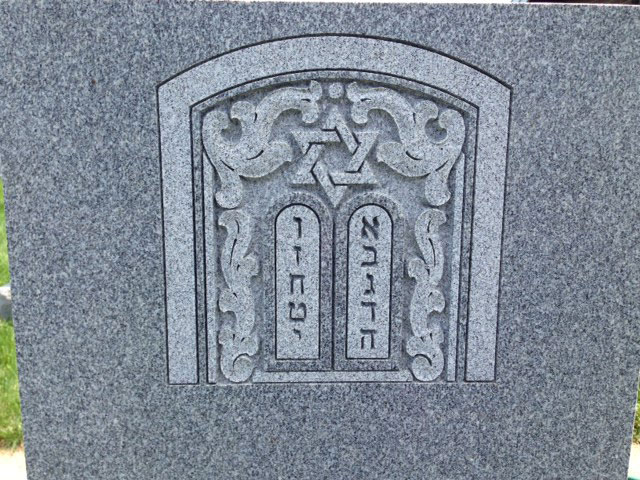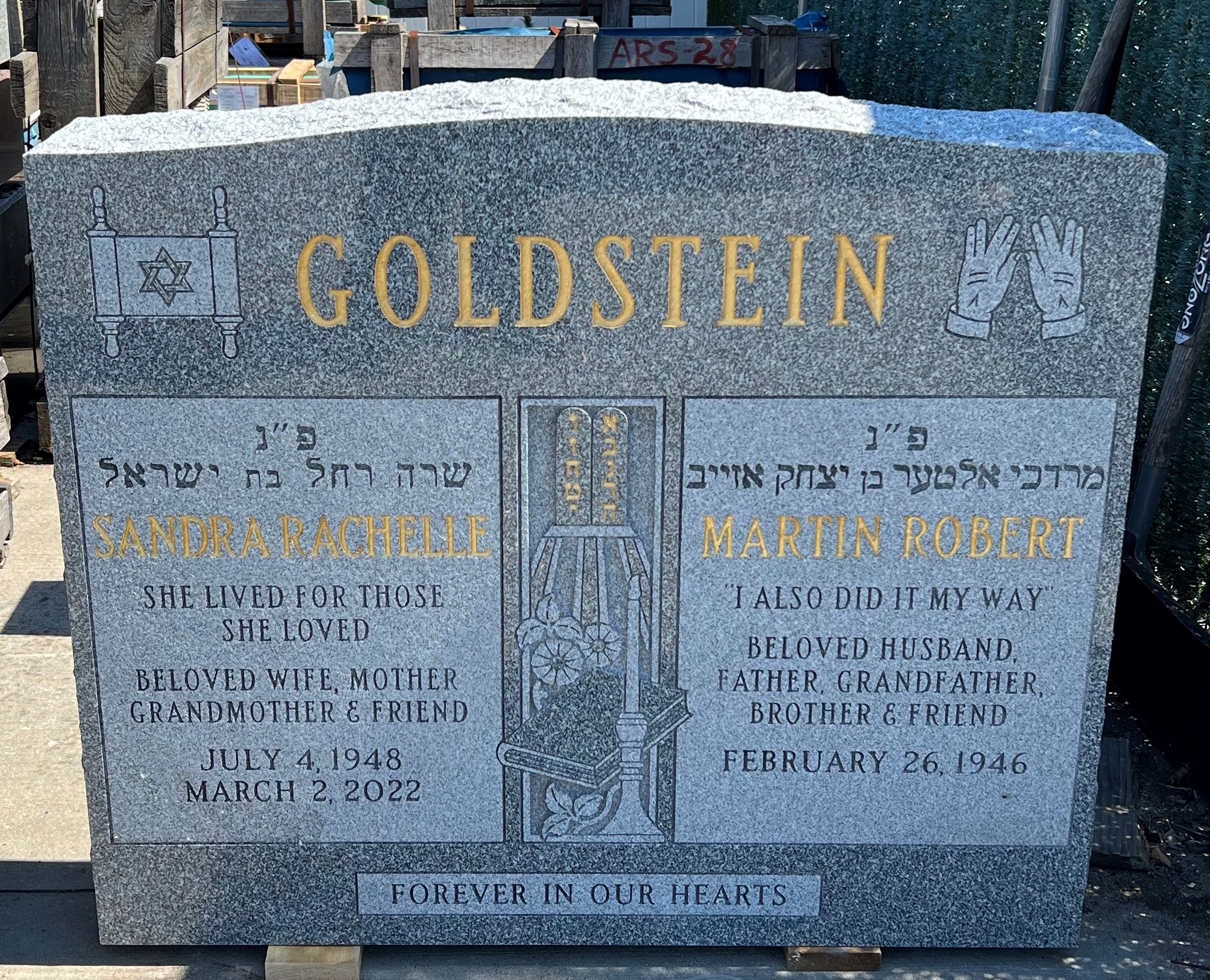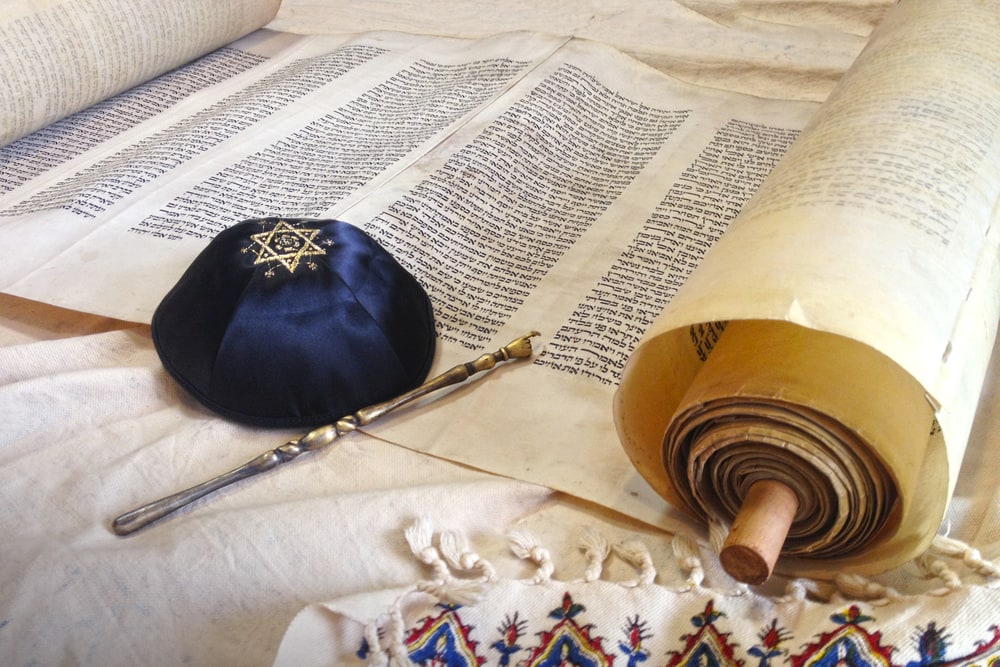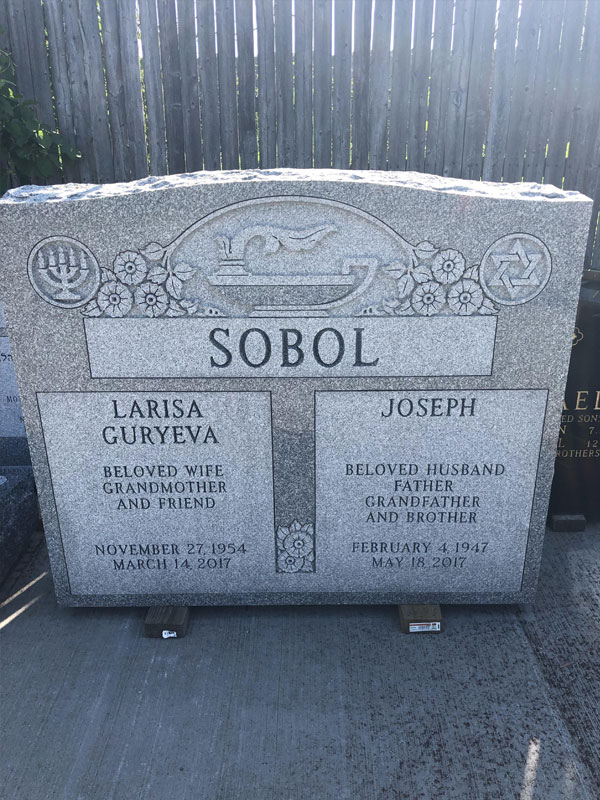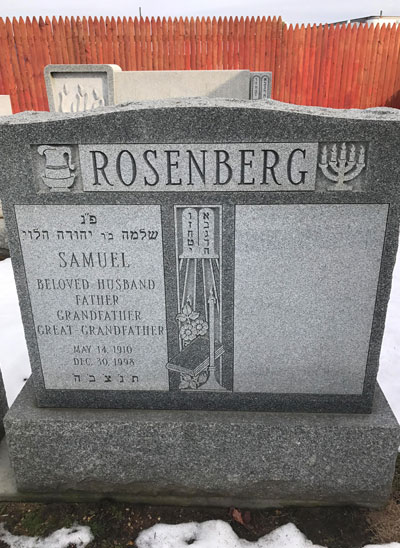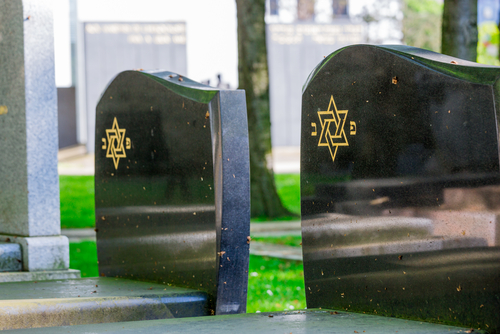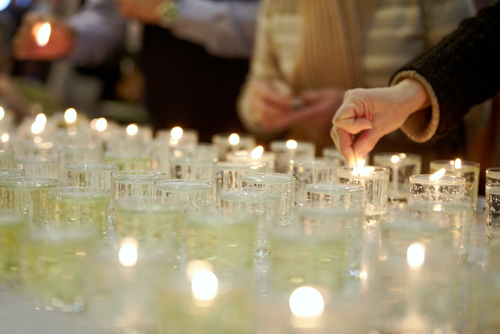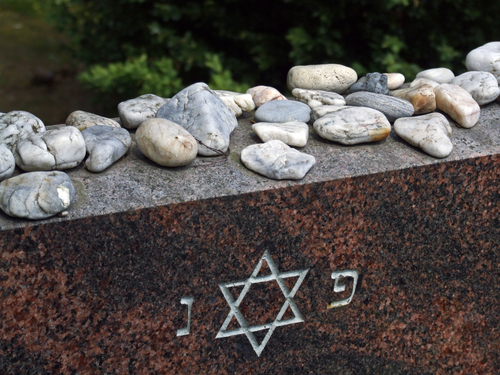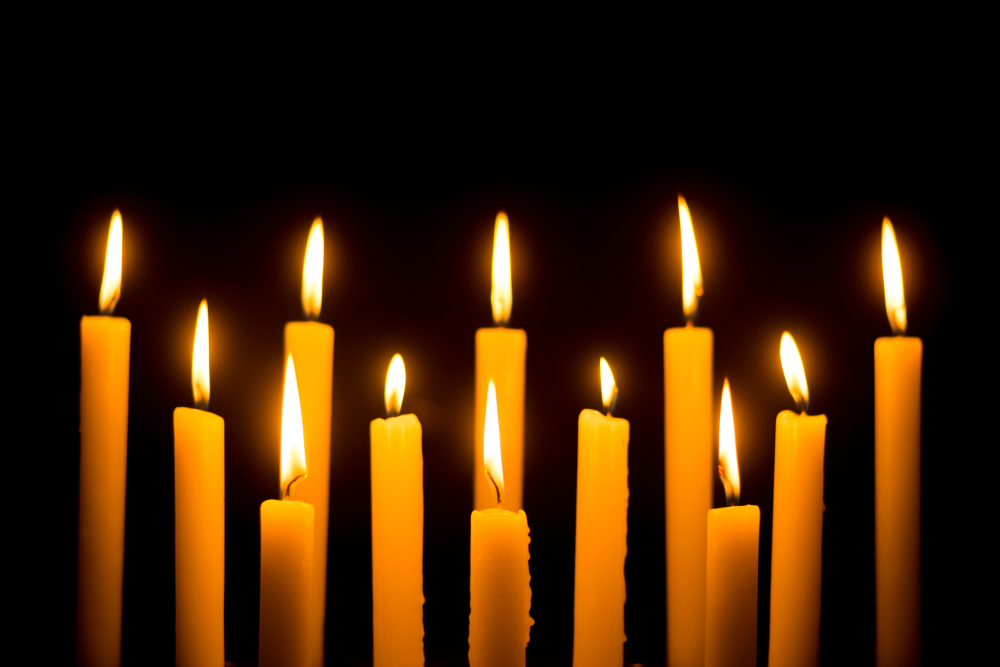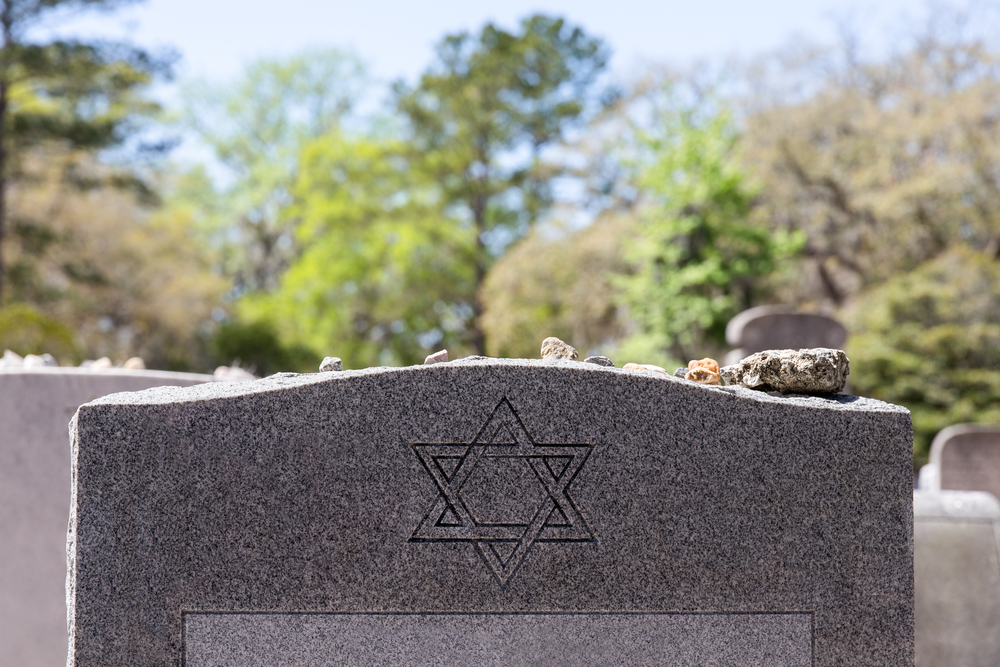
The death of a family member or close friend is always a difficult thing to accept. At Fox Monuments, we’ve spent years helping Long Island families through very trying and difficult times. We understand the grief that mourners feel. And we make every effort to provide the necessary support during this process. We serve our community by crafting beautiful Jewish monuments that honor the faith and the lives of loved ones.
Customs of the Jewish faith outline specific steps that families should take to overcome their sorrow. Arranging a Jewish memorial service, or memorial service of any kind, is not simple. And it requires a lot of communication and coordination. There are many Jewish practices immediately following death, and many that dictate the memorial service.
This post has been updated as of October 2019, from its original publication date of January 15th, 2015. It has been edited for consistency and updated information on our services.
Step 1: Contact Your Rabbi
Rabbis are the spiritual leaders of the Jewish community. Before ordering a Jewish monument, you should contact your local Rabbi. They can help you to organize the service. And they can help make the necessary connections.
Speaking with a rabbi can also help you to understand and accept your loss. They are the keepers of the Jewish faith. And they can provide the guidance and wisdom that can help you through.
Rabbis will also contact local funeral homes and cemeteries on your behalf. They can assist you in making contact with the necessary organizations. By helping you to make preparations, they can ease the burden.
The rabbi will also assist you in deciding who will sit with the body of the deceased until the time of the service. And this is one of the most critical traditions of the Jewish faith.
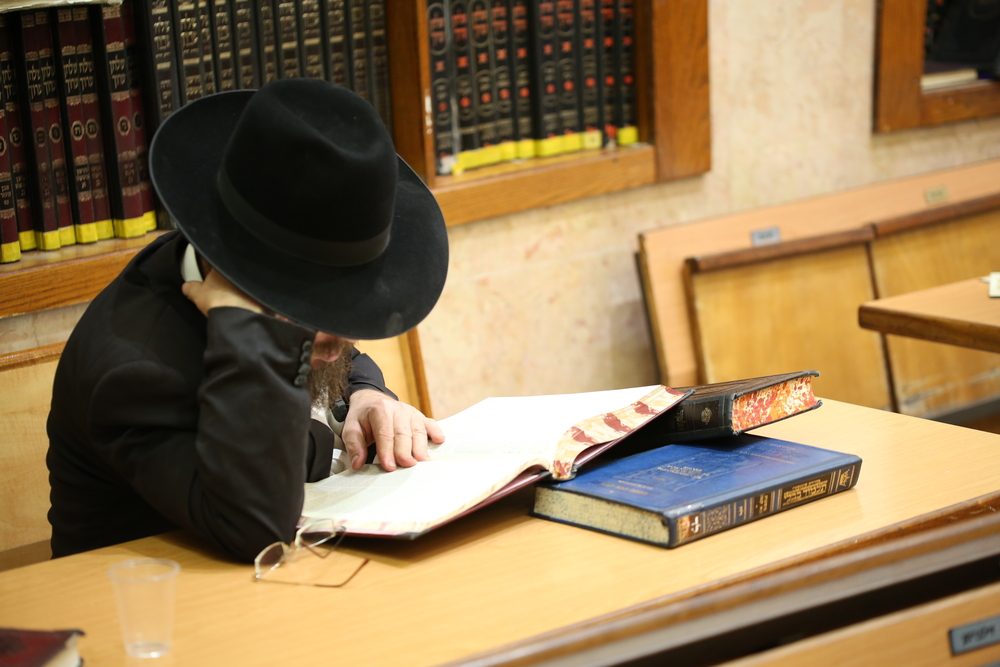
Step 2: Memorial Considerations
Memorial traditions can differ slightly, depending on family tradition and the sect of Judaism. One common tradition across these sects is for the family of the deceased to tear their clothing. This is a significant action that symbolizes their profound loss. It’s usually done at the beginning of the service. And with Jewish memorial services, there is a specific etiquette to follow.
The eulogy is another very important aspect of the memorial service. And usually, the eulogy is critical to memorial services of any faith. Before the service, the family should meet and discuss who will be giving the eulogy. Boasting or exaggerating the details of their life is not permitted. But it’s important to deliver a heartfelt and thoughtful eulogy. The best practice when composing a eulogy is to focus on their admirable qualities and contributions.
While deciding on who will deliver the eulogy, figure out who will be reading the psalms. And more often than not, close friends or family members are selected as the best options.
Step 3: Burial
Once the ceremony has come to a close, the bereaved will proceed from the temple to the cemetery. And many families prefer to limit the burial ceremony attendance to family only. However, it’s considered an honor when many attend a burial to pay their respects. Many people choose burial alongside their loved ones with family monuments.
There are several burial customs of the Jewish faith. The headstone is usually already in place at the time of the burial ceremony. But because of Jewish tradition, it is veiled. This tradition began a very long time ago, when it used to take weeks for headstones to be finished.
The headstone unveiling ceremony usually takes place one year after the burial.
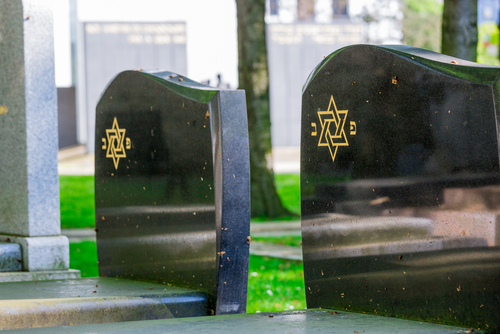
Conclusion
At Fox Monuments, our primary goal has always been to provide as much comfort to mourning families as we can. A fitting Jewish monument is a central part of arranging a Jewish memorial service.
We take great pride in helping families through difficult times, and with minimal stress. Contact us to learn more about how we can craft a beautiful monument for your loved one.
